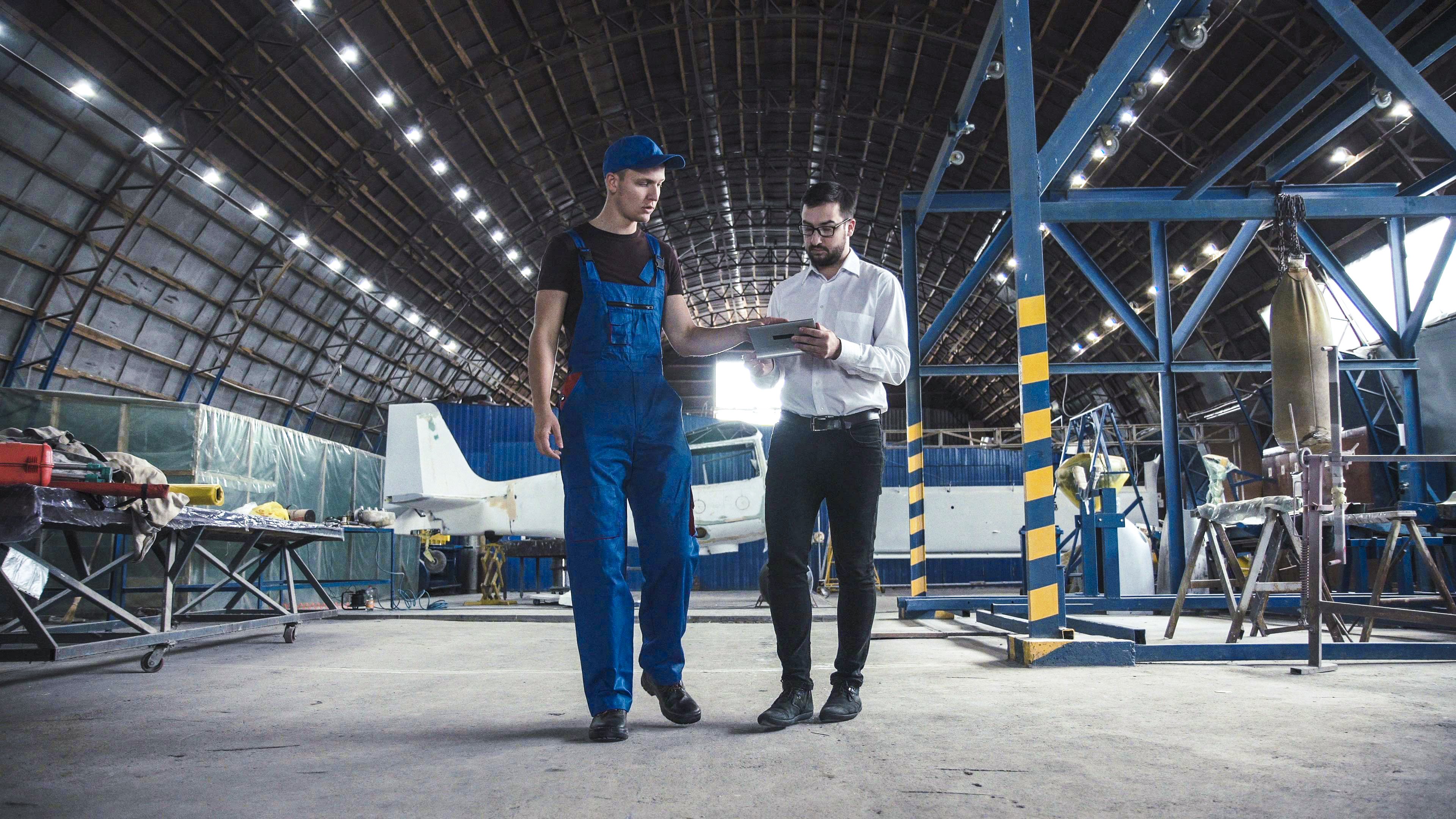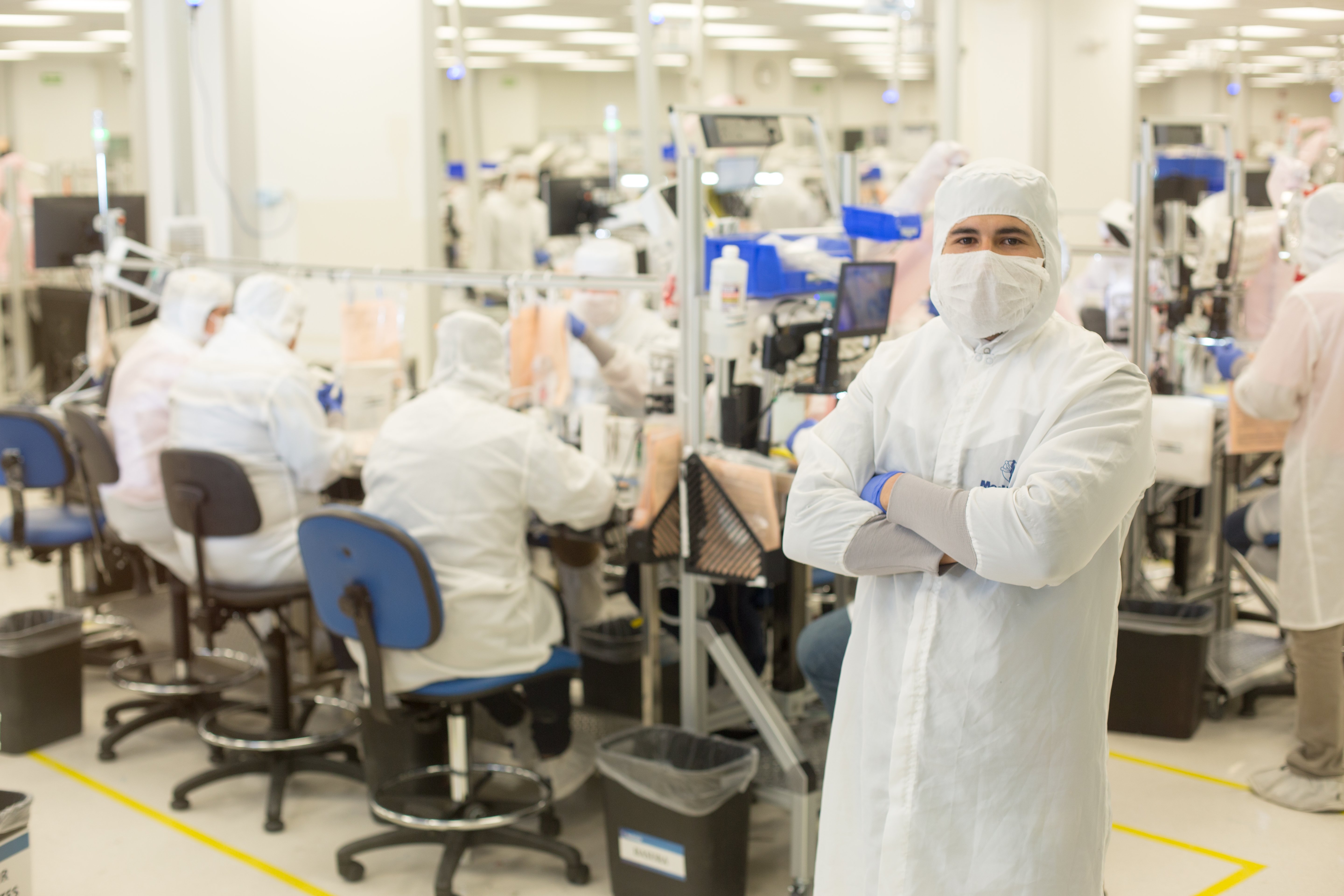The medical device manufacturing industry is robust and continues to grow. The global medical devices market was valued at $577 billion USD in 2022, and is projected to reach upwards of $850 billion by 2030. This industry provides essential tools, devices, and technologies to improve the lives of millions.
In order to provide the best products and keep operations running smoothly, more and more medical device manufacturing companies are establishing their manufacturing processes in offshore and nearshore locales. These options allow for lower overhead and decreased expenses without sacrificing quality or good manufacturing processes for medical devices.
In fact, in many countries, a considerable amount of medical devices and technologies are manufactured in offshore or nearshore facilities. The United States is 30% dependent on foreign medical equipment, Canada is 70% dependent, and Brazil is 80% dependent.
But where are these countries importing these manufactured devices from? According to Statista Healthcare and Pharmaceuticals researcher, Conor Stewart, the majority of the market share of medical technology exports worldwide is held by these following nations:
- The United States (17.9%)
- Germany (12.2%)
- The Netherlands (11%)
- China (9.5%)
- Ireland (4.9%)
- Belgium (4.2%)
- Switzerland (4.2%)
- Mexico (4.1%)
- Others (32%)
After the international shortage in medical supplies during the height of the COVID-19 outbreak in 2020, more medical device suppliers and companies have explored offshore and nearshore options for manufacturing. By diversifying where their products are produced, they can increase efficiency, lower costs, and prevent delays in manufacturing. This is critical in the event of a pandemic, or in national emergencies that prevent domestic manufacturing, as these countries can continue to produce necessary supplies during a crisis.
What Are Offshore and Nearshore Manufacturing?
Offshore and nearshore manufacturing are very similar, both referencing outsourcing the manufacturing process to a foreign country. ‘Offshoring’ refers to when the manufacturing process takes place in a country overseas from where the company is based. For example, Johnson & Johnson has nine manufacturing facilities in China. Johnson & Johnson is a pharmaceutical company that is based in the United States, so these factories in China fall under the ‘offshore’ category.
However, if Johnson & Johnson had factories in Canada or Mexico—both of which share borders with the US—this would fall under ‘nearshore’ manufacturing. ‘Nearshoring’ refers to the practice of outsourcing labor and manufacturing to a nearby country.
Manufacturing Medical Devices in Mexico
There are several benefits to offshoring or nearshoring your medical device manufacturing processes. Aside from the ability to produce necessary products and supplies during a time of crisis, offshoring and nearshoring also lower costs, ensure high-quality products, and follow an international standard for quality and regulatory compliance.
Considering opening a manufacturing facility in a foreign country? Mexico is a fantastic option.
Mexico has been on the rise for medical device manufacturing due to its recent free trade agreements (FTAs), including the US-Mexico-Canada Agreement, membership with the World Trade Organization, the Asia-Pacific Economic Cooperation, and FTAs with the European Union, Japan, Israel, and more. This makes Mexico an extremely attractive location for medical device producers and manufacturers.
According to recent reports, offshoring or nearshoring in Mexico is quite comparable to offshoring in China, with the exception that there are fewer manufacturing partners currently in Mexico. However, this number has been increasing the past several years, with a large boost during the Covid pandemic.
Other important benefits include Mexico’s low-cost labor and rigorous compliance with a multitude of regulating bodies, including the US’ Food and Drug Administration and the Federal Commission for the Protection Against Sanitary Risk. With the help of shelter services like Tetakawi, setting up a facility in Mexico is easier and more cost-efficient than ever.
In Closing
The United States alone makes up a large percentage of the world’s medical device manufacturing. Offshore and nearshore manufacturing in Mexico is one way your company can efficiently diversify its market, cut down on costs, and produce high-quality devices. Ready to get started? Contact the experts at Tetakawi today to develop your Custom Service Plan!
Subscribe
Sign up and stay informed with tips, updates, and best practices for manufacturing in Mexico.





